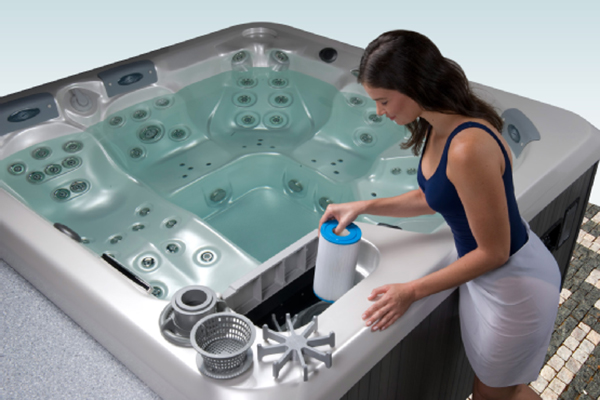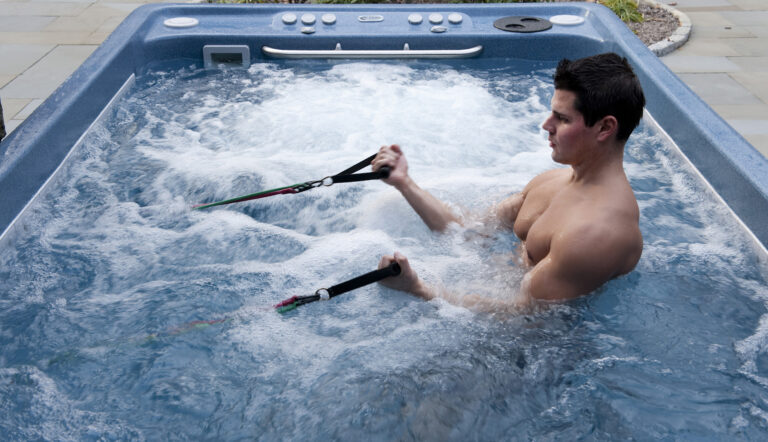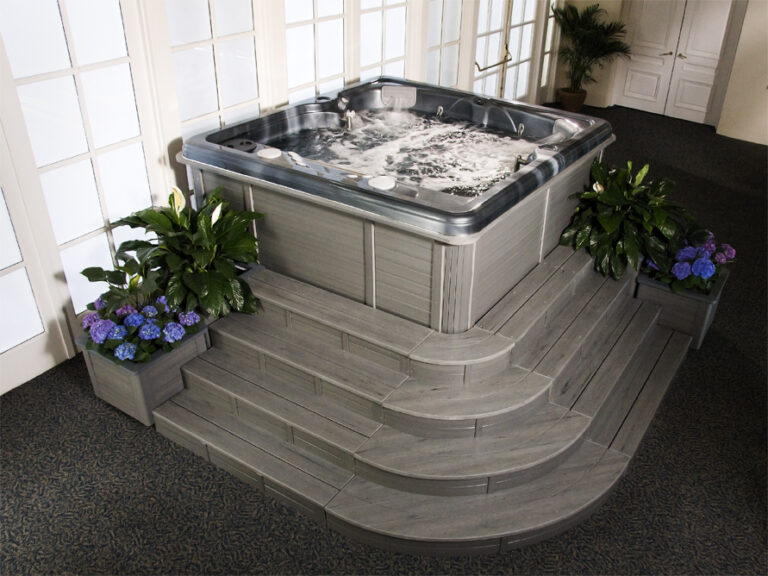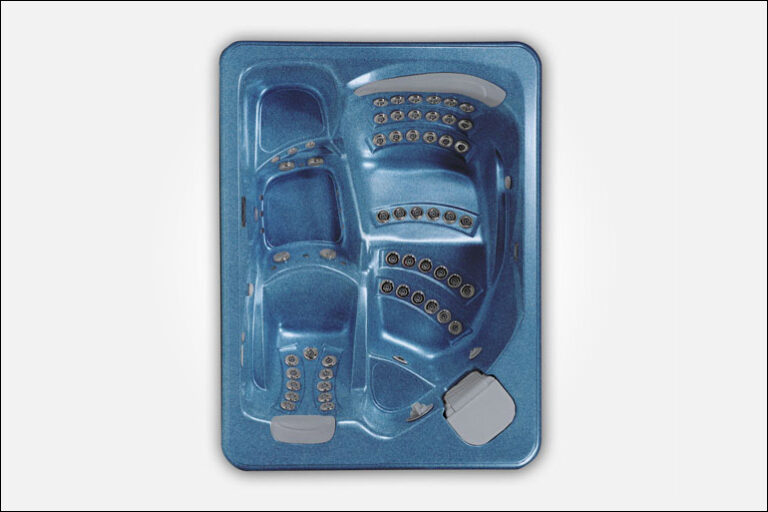This year, there have been bad droughts across the country in states such as California, Texas and South Carolina. In light of these droughts, it’s important that we do what we can to conserve water. Luckily, hot tubs are almost always made to be very water efficient.
Though spas may look like they need a lot of water, they actually require much less water to run than most other home appliances that use water. For example, if a person were to relax in a bath
every day instead of soak in a hot tub, they would use almost as many gallons of water in a week as the average hot tub uses in four months.
How is this possible when bathtubs are much smaller? Because hot tubs recycle water daily, so that you only need to refill them every four months. This means they don’t require very much water at all.
Still, it’s important to save as much water as possible when you’re using your hot tub, especially during these dry times. We here at ThermoSpas have come up with five tips to help you conserve water with your hot tub.
1. Take Care of Your Filters
Your hot tub filters are one of the most important factors in keeping your water clean. They work to take debris, dirt, dust and even some bacteria out of your hot tub. The cleaner your filter
water is, the less you have to replace it with fresh water.
To keep your filters working as effectively as possible, you need to clean and replace them regularly. Every two to three weeks, you should rinse your filter quickly with a hose. Make sure to
inspect it for any damage while you’re rinsing it.
Give your filter a thorough cleaning every two to three months with a filter cleaning solution. Filters are only made to last for about a year, so it’s best to replace them after 12 months to ensure that your water stays as clean as possible.
2. Put a Lid On It
Whenever you’re not using your hot tub, you should always cover it securely with a hot tub cover. This will reduce evaporation and conserve water.
The best way to reduce evaporation while you’re not using your spa is to invest in a high quality hot tub cover. These covers will have tight seals, strong straps, thick and dense foam cores, long perimeter aprons and should be specifically designed to fit your hot tub to ensure that as little water as possible escapes.
If you’re interested in upgrading your cover to save water, ThermoSpas covers have all of these features and more.
3. Be on the Look Out for Cracks
Cracks in your hot tub cover shell or its plumbing can cause leaking. Inspect your spa for damage to catch any problems early before they worsen. Periodically go behind the panels to check out
the mechanics and make sure everything is working properly.
If you do notice any cracks or leaks, do some research, inspect further and call a technician if necessary. Feel free to contact our Customer Care Representatives for help and assistance. We’ll help you take care of the problem in a timely and effective manner so that it doesn’t worsen.
4. Keep It Balanced
Along with filters and your pumping system, chemicals work hard to minimize the amount of bacteria in your hot tub. The cleaner you keep your water with the help of chemicals, the later you’ll
have to refill it with new water.
We recommend that you test your water’s chemical levels with test strips at least once a week if you’re using basic chemical sanitizers such as chlorine and bromine. If the strips show that your water is too alkaline or acidic or that you need more sanitizer, add the necessary chemicals to your water. This will make your hot tub water last as long as possible.
5. Recycle Your Water
Instead of wasting it away, you can use the water you drain from your tub for good. SF Gate has some great tips for recycling hot tub water that uses chlorine by giving it to your plants. If your hot tub is sanitized with chlorine, stop treating it at least three days before you plan to drain your spa.
Don’t try using the hot tub at this time because it won’t be sanitary for you. It will be great for your plants after the chlorine has dissipated though.
Before you drain your hot tub, make sure to test the water’s pH levels and chlorine levels. The chlorine levels should be zero and the pH levels should be between 7 and 8 before you give the water to your plants. If your chlorine levels aren’t at zero yet, wait a little bit longer. ‘
If the pH levels aren’t in this range, add a product with sodium bisulfate to lower the levels or a product with sodium
carbonate to increase the levels. Finally, when your water is just right for the plants, drain your water into buckets to water your garden with. After your hot tub water is drained, make sure to
carefully clean your shell to get rid of any dirt or bacteria, and then refill with fresh water.
Note: This process only works with hot tub water that is sanitized using chlorine. Also, check with your local municipality to make sure it’s legal to use gray water on your garden plants where you live. You should also ask for any rules regarding hot tub draining.
We hope you find these tips useful as you try to conserve water. Water conservation will only be more important in the future, so it’s important to start saving water now. For more hot tub weather and maintenance tips, make sure to keep an eye on our blog.




